Hardwood floors are a timeless and elegant feature in any home. Their durability and classic appeal make them a popular choice, but they also require proper care to maintain their beauty. One common question among homeowners is: Can you vacuum hardwood floors? The short answer is yes, you can—and should! However, the way you vacuum and the type of vacuum you use matter significantly. In this article, we’ll explore the best practices for vacuuming hardwood floors and how to avoid damaging them.
Why Vacuuming Hardwood Floors Is a Good Idea
1. More Effective Than Sweeping
While a broom can remove larger debris, it often just pushes around fine dust and allergens. A vacuum, on the other hand, can suction up dirt, pet hair, and tiny particles trapped between floorboards or in crevices.
2. Better for Allergies
Vacuuming with a HEPA filter or high-quality vacuum traps allergens like pollen, pet dander, and dust mites, helping to improve indoor air quality.
3. Gentle on the Floor (with the Right Vacuum)
Using the correct vacuum can be gentler than sweeping, which may push grit around and scratch the surface of the wood.
Choosing the Right Vacuum for Hardwood Floors
Not all vacuums are created equal, especially when it comes to wood surfaces. Here’s what to look for:
1. No Beater Bar (or One You Can Turn Off)
Beater bars or rotating brush rolls are great for carpets but too harsh for hardwood. They can scratch or dull the finish. Choose a vacuum with a brush you can disable or one designed specifically for hard floors.
2. Rubber or Felt Wheels
Plastic wheels can scratch hardwood. Look for models with rubber or felt wheels to avoid damage.
3. Strong Suction Without Excess Weight
A lightweight vacuum is easier to maneuver and less likely to scuff the floor. Ensure it still offers powerful suction for effective cleaning.
4. HEPA Filtration
Especially useful if you have allergies or pets, HEPA filters trap microscopic dust and allergens that sweeping would leave behind.
How to Vacuum Hardwood Floors Properly
Even with the right vacuum, technique matters. Here are some tips:
1. Vacuum Frequently
Regular vacuuming prevents dirt and grit from acting like sandpaper on your floor’s finish. Aim for 2–3 times per week in high-traffic areas.
2. Go Slow and Steady
Don’t rush. A slower pass ensures the vacuum picks up all dirt and debris.
3. Use the Right Attachments
Many vacuums come with a “hard floor” or “bare floor” attachment. These tools are softer and more suitable for wood surfaces.
4. Check for Debris in the Wheels
Before each use, inspect your vacuum’s wheels for trapped stones or debris that could scratch the floor.
Common Mistakes to Avoid
Even with good intentions, some cleaning habits can damage hardwood floors. Watch out for these:
- Using a vacuum with a spinning brush bar: If it can’t be turned off, skip it.
- Letting dust build up: Dirt acts like sandpaper and wears down the finish over time.
- Dragging the vacuum across the floor too quickly or forcefully: Always lift or carefully roll it.
- Neglecting to clean the vacuum’s filter or canister: A full canister or clogged filter reduces suction and may leave dirt behind.
Alternatives and Complements to Vacuuming
Vacuuming isn’t the only way to maintain clean hardwood floors:
- Dry Mopping: Microfiber mops are great for picking up fine dust.
- Damp Mopping: Occasional damp mopping with a hardwood-safe cleaner helps remove stuck-on grime.
- Spot Cleaning: Use a soft cloth and cleaner to target spills immediately.
Conclusion
Vacuuming is not only safe for hardwood floors, but it’s also one of the best ways to keep them clean and prolong their life. The key is to use the right equipment and follow best practices. Avoid vacuums with aggressive brush rolls, clean frequently, and handle your floor with care. When done correctly, vacuuming helps preserve the natural beauty and finish of your hardwood floors for years to come.

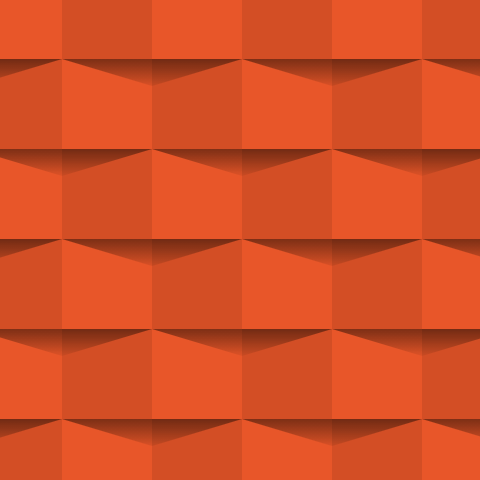
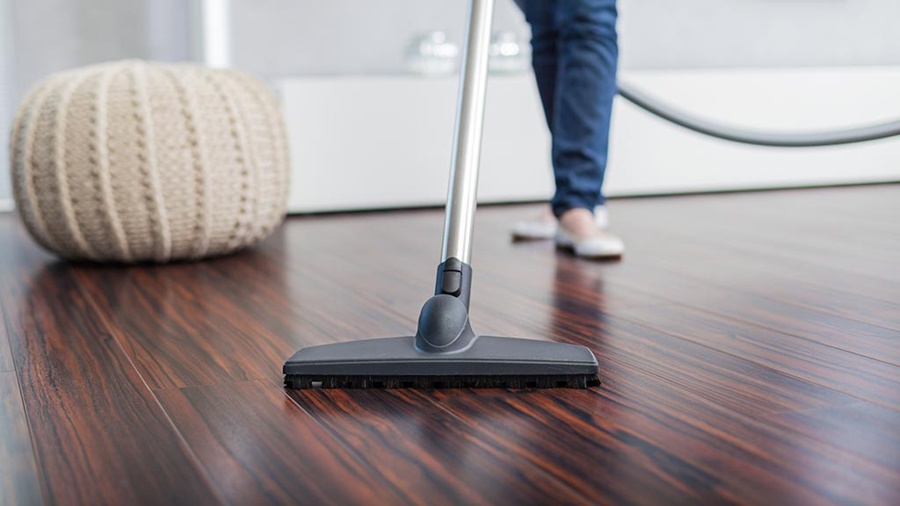
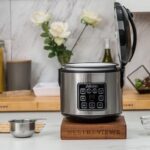
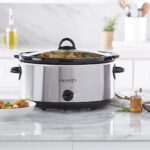
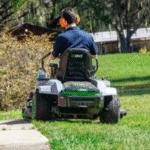
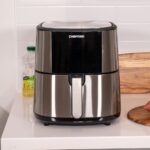
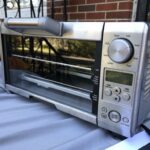
Leave a Reply